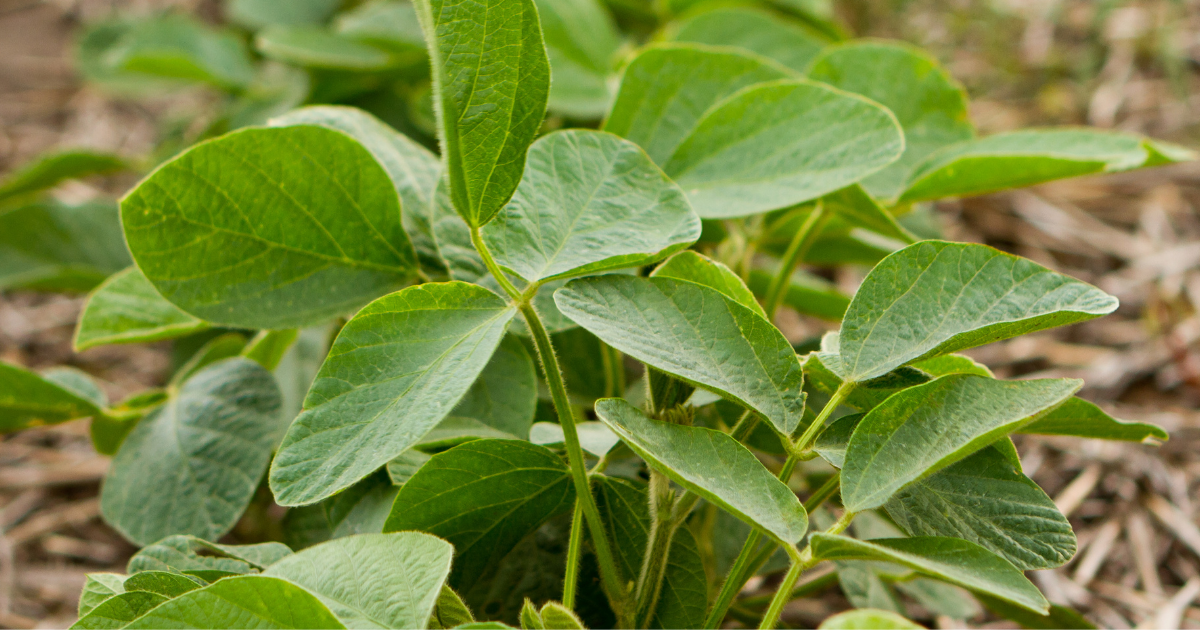
Soybeans
- Health & Well-being
-
Agricultural Programs
- Agribusiness
- Animal Science
- Beginning Farmer Program
- Commercial Crops
- Commericial Horticulture
- Delaware Soil Testing Program
- Disease Management
- Farm Vitality and Health Project
- Irrigation
- Nutrient Management
-
Insect Pest Management
- Insect Trapping Program
- IPM Hot Topics
- Commercial Field Crop Insect Management
- Commercial Field Crop Disease Management
- Commercial Fruit & Vegetable Crop Pest Management
- EIPM Implementation Projects
- Pollinators
- Research and Extension Demonstration Results
- Brown Marmorated Stink Bug (BMSB) Management, Research, and Resources
- Publications
- Pesticide Safety Education Program
- UD Plant Diagnostic Clinic
- Variety Trials
- Weed Science
- Certified Crop Advisor Program
- 4-H
-
Horticulture
- Climate Variability and Change
- Delaware Soil Testing Program
- Forestry
- Lawn and Garden
- Master Gardeners
- Master Naturalist Program
-
Nutrient Management
- Nutrient Management Certification
- Continuing Education for Nutrient Management
- Nutrient Management Planning Resources
- Commercial Nutrient Handler Resources
- Poultry Litter and Manure Management
- Turf Management
- Agriculture Notebook
- Horticulture Handbook
- Agriculture & Horticulture Handbooks
- Crop Production
- Soil Fertility
- Delaware Climate Change Coordination Initiative (DECCCI)
- Salt Impacted Agricultural Lands
Soybeans

Information related to the pathology and pest management of soybeans in Delaware.
Disease Management
Pest Management
Recommendations for pest management
Sampling Guidelines
| Pest | Sampling Method |
Growth Stage: Seedling to Pre-Bloom |
|
| Bean Leaf Beetle, Mexican Bean Beetle | Using a drop cloth placed between 2 rows, shake the plants in 6 foot row in 10 sites in a field, count the number of beetles found in 6 foot of row in each site, for Mexican bean beetle note the presence of pupae/eggs at each site, estimate defoliation at each site |
| Grasshoppers | Take 10 sweeps in 10 sites and count the number of adults and nymphs |
| Thrips | Examine 5 leaflets in 10 sites for the presence of thrips, check top and undersides of the leaves |
| Potato Leafhopper | Take 10 sweeps in 10 sites and count the number of adults and nymphs per 100 sweeps, sampling should be done when the foliage is dry |
| Growth Stage: Prebloom – Podset | |
| Japanese beetle, Green Cloverworm, Silver Spotted Skipper | Using a drop cloth placed between 2 rows, shake the plants in 6 foot of row in 10 sites in a field, count the number of insects found at each site and estimate defoliation |
| Spider Mites | Examine the underside of 5 leaflets in 10 sites for mites; also note the presence of mite eggs and note that amount of damage |
| Growth Stage: Podset – Maturity | |
| Spider Mites | 5 leaflets in 10 locations |
| Bean leaf beetle, Mexican bean beetle, Green cloverworm, Silver Spotted Skipper, Yellow Striped Armyworm, Beet Armyworm, Fall Armyworm | 6 foot of row in 10 sites using a drop cloth |
| Corn Earworm | 5 sweeps in 5 to 10 locations walking down the row |
Insect Thresholds
| Pest | Sampling Method |
Growth Stage: Seedling to Pre-Bloom |
|
| Bean Leaf Beetle, Mexican Bean Beetle | Using a drop cloth placed between 2 rows, shake the plants in 6 foot row in 10 sites in a field, count the number of beetles found in 6 foot of row in each site, for Mexican bean beetle note the presence of pupae/eggs at each site, estimate defoliation at each site |
| Grasshoppers | Take 10 sweeps in 10 sites and count the number of adults and nymphs |
| Thrips | Examine 5 leaflets in 10 sites for the presence of thrips, check top and undersides of the leaves |
| Potato Leafhopper | Take 10 sweeps in 10 sites and count the number of adults and nymphs per 100 sweeps, sampling should be done when the foliage is dry |
| Growth Stage: Prebloom – Podset | |
| Japanese beetle, Green Cloverworm, Silver Spotted Skipper | Using a drop cloth placed between 2 rows, shake the plants in 6 foot of row in 10 sites in a field, count the number of insects found at each site and estimate defoliation |
| Spider Mites | Examine the underside of 5 leaflets in 10 sites for mites; also note the presence of mite eggs and note that amount of damage |
| Growth Stage: Podset – Maturity | |
| Spider Mites | 5 leaflets in 10 locations |
| Bean leaf beetle, Mexican bean beetle, Green cloverworm, Silver Spotted Skipper, Yellow Striped Armyworm, Beet Armyworm, Fall Armyworm | 6 foot of row in 10 sites using a drop cloth |
| Corn Earworm | 5 sweeps in 5 to 10 locations walking down the row |
Fact sheets
Variety trials
The University of Delaware is an Equal Opportunity Institution and Provider. Visit UD’s Office of Equity & Inclusion to learn more.
Additional Links
531 South College Avenue Newark, DE 19716 (302) 831-2501

